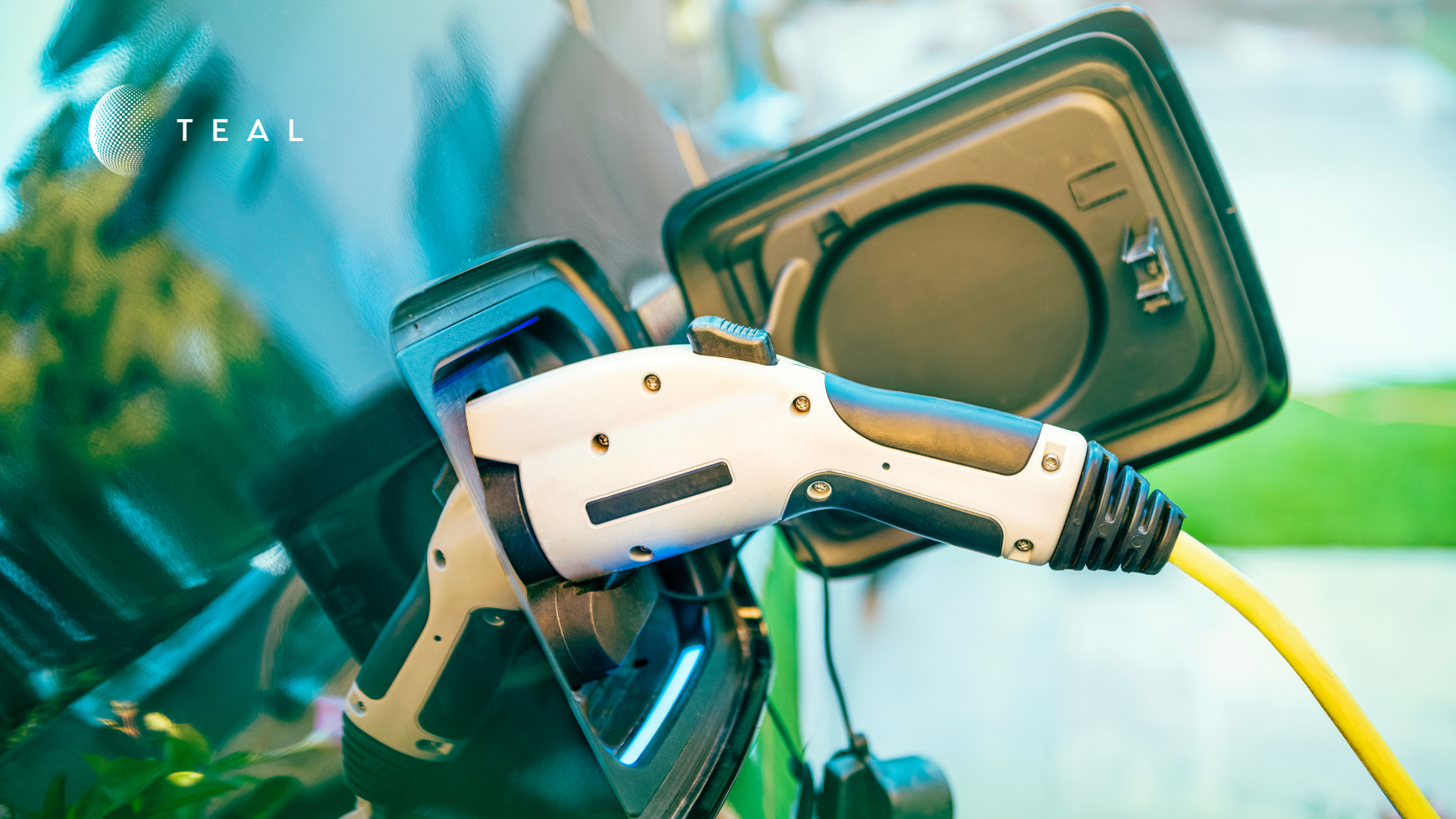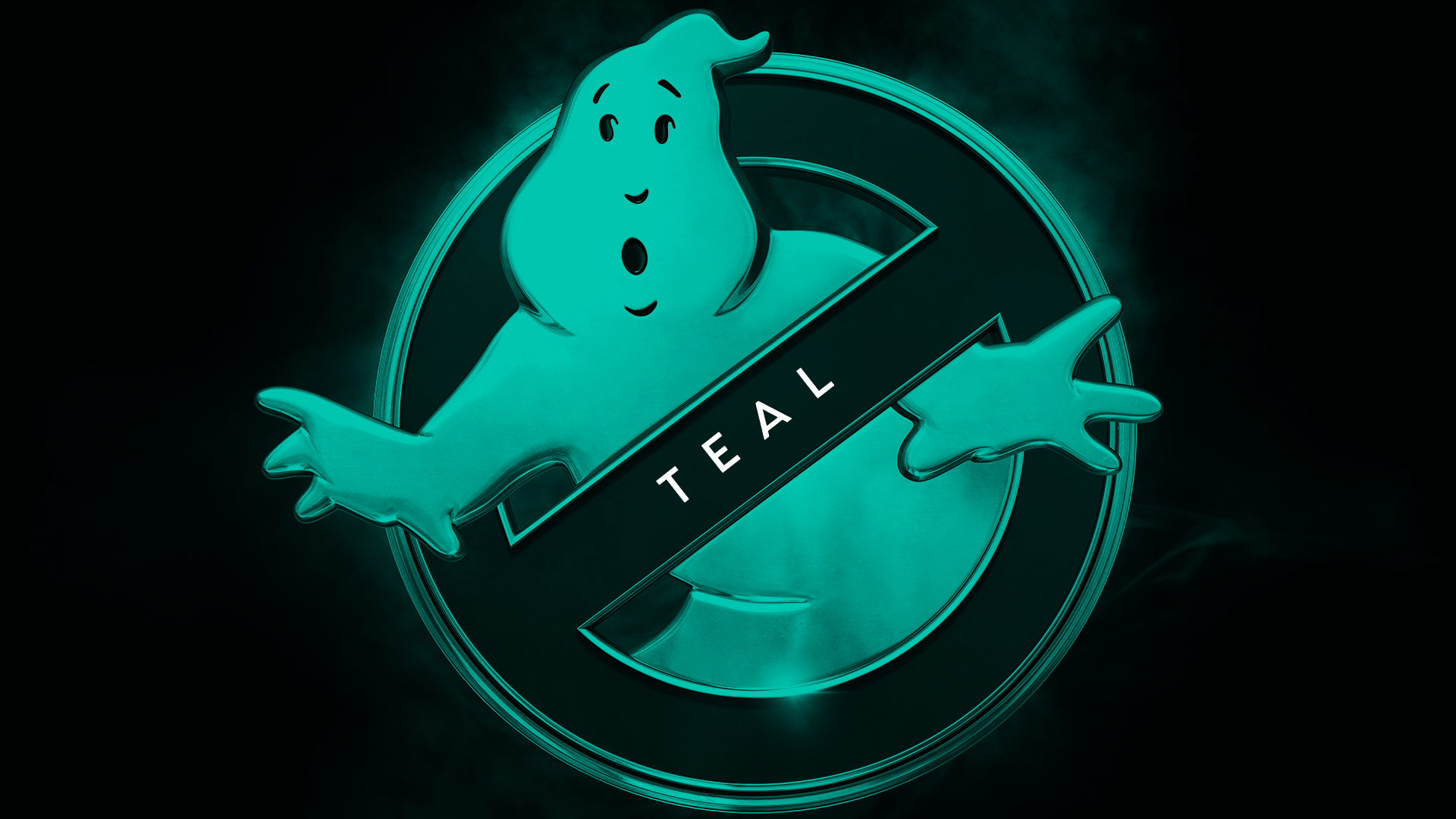The Drone Revolution Is Here…And Here To Stay!
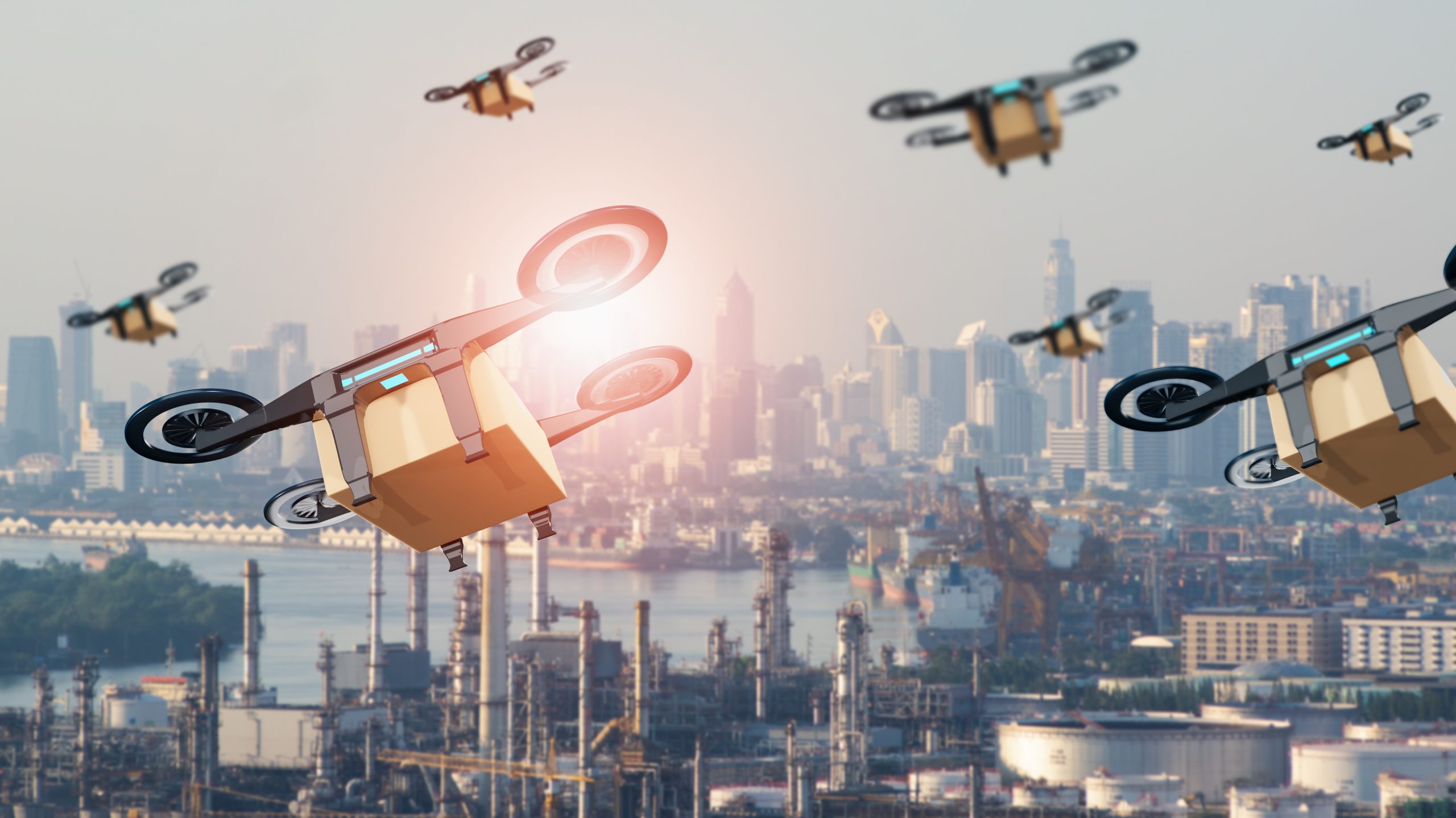
The availability of 5G technology is accelerating across the globe enabling new and exciting technologies that will transform communities large and small. One of the technologies that is making an impact across many industries is drone technology. Before diving into the ways that drones are making the world a better place, it’s important to understand the benefits of 5G compared to existing cellular technology. Some of the primary benefits of 5G networks include the following:
- Higher Bandwidth: 5G is capable of delivering data rates of 20gbps, whereas current averages sit at around 100mbps.
- Greater Capacity: 5G networks can support one million IoT connected devices per square kilometer, compared to 4,000 devices on 4G/LTE. This makes 5G optimal for large-scale industrial and manufacturing applications where many complex machines are operating in a small area.
- Lower Latency: Lower latency and high data transmission speeds make a huge difference when it comes to uses cases such as mobility, robotics, artificial intelligence (AI), broadcasting live events, virtual reality (VR), and augmented reality (AR).
- Better Spectrum Use: Within the world of 5G, high-band spectrum (i.e., mmWave) is particularly important for bridging critical communications infrastructure and enabling ground-breaking connected technologies.
While there are countless applications that will reap the benefits of these lightning-fast, low-latency networks, as the title of this article suggests, drone technology is poised to be one of the major beneficiaries of 5G availability.
The Drone Revolution is Here!
The adoption of 5G has and will continue to enable drone technologies across various industries including last-mile delivery, logistics, retail, agriculture, and healthcare. Beyond business and consumer applications, drones are being leveraged in many other ways by the Department of Defense (DoD), Department of Homeland Security (DHS), and emergency services.
Whether they are used for search and rescue missions, delivering medical supplies or food, fighting wildfires, or assisting with crop management, drones have become a critical means to supporting communities and businesses across the globe.
Last Mile Delivery
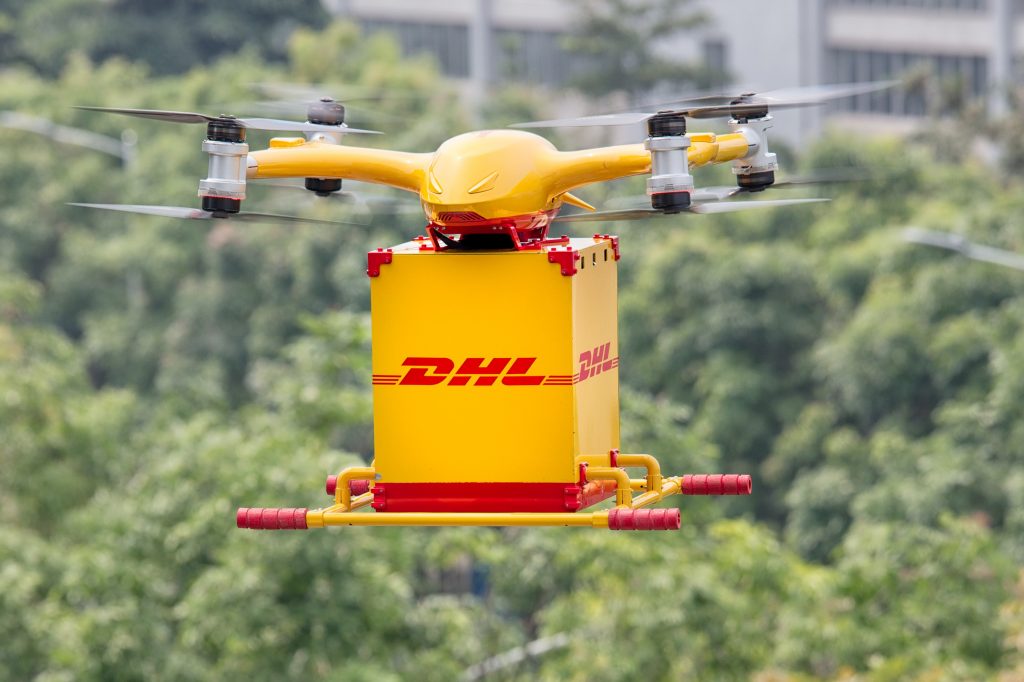
Major companies such as Amazon, Walmart, UPS, DHL, and Domino’s have adopted and invested in drone technology for last mile delivery services. What is last mile delivery? Last mile delivery can be defined as the movement of goods from a transportation hub to the final delivery destination. In other words, the “last mile” of delivery is the final step of the supply chain process, in which the package is delivered to the buyer’s doorstep.
So why are companies using drones for last mile delivery? Last mile delivery can often be considered as the most complicated, challenging, and expensive process of a supply chain.
As consumers have increasingly turned to ecommerce for all their shopping needs, speedy fulfillment and increasingly fast delivery of these goods and services is not just nice to have – it has become an expectation. On top of this, the continued growth of traffic loads on roads, due to the steady increase in the global population, creates major obstacles when it comes to successfully delivering goods and services to customers; especially in rural or hard to reach areas. As a result, companies across many industries realize that they need to adopt and invest in drone technology to expedite deliveries, access hard to reach locations, meet customer expectations, and also cut supply chain costs. How else are drones being used across different industries? Let’s dive into a few additional use cases.
Agriculture & Farming
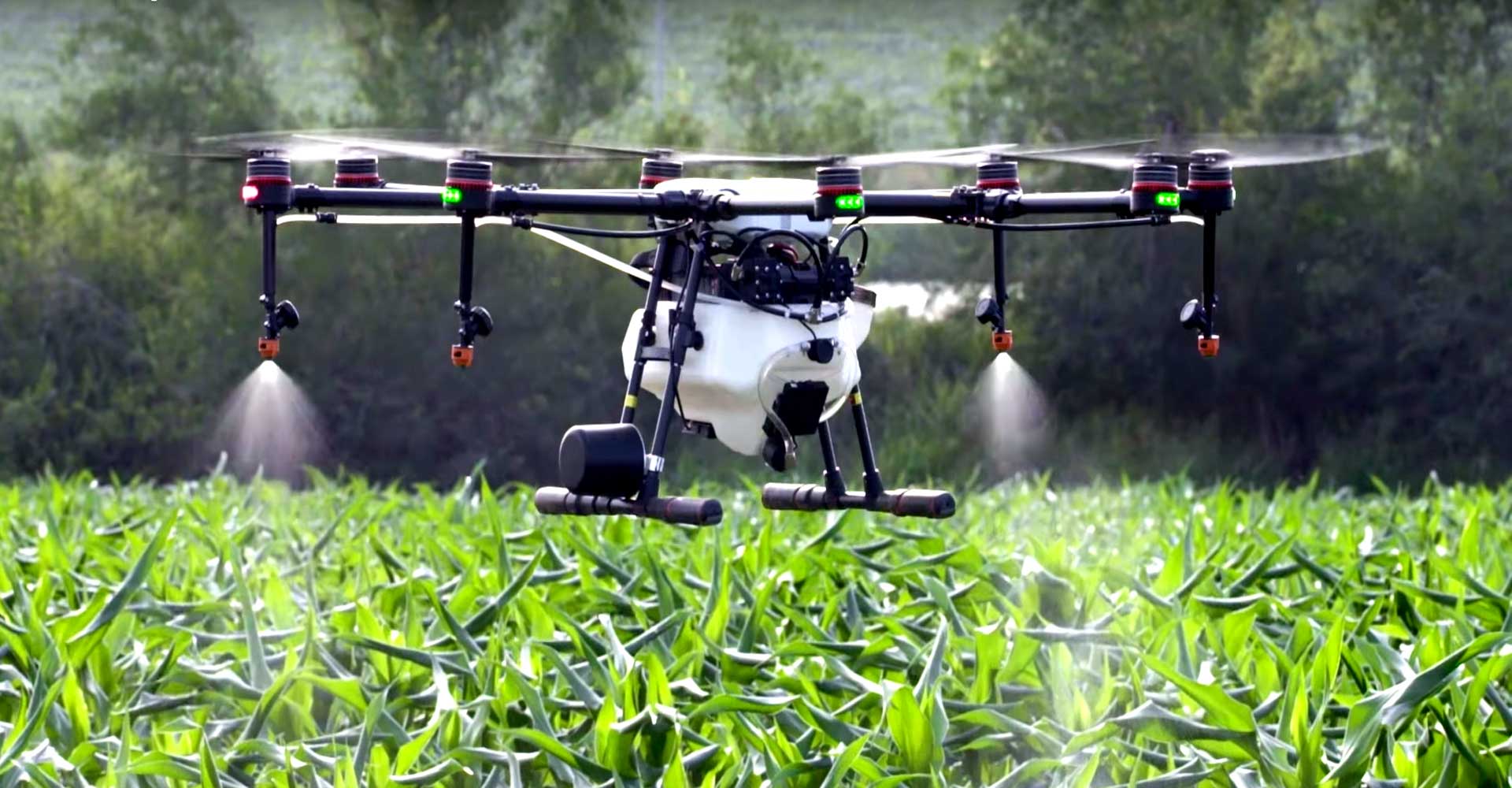
Drones are one of the main technologies driving “precision agriculture,” which is the science of improving productivity, efficiency, crop yield and profitability through the use of technology.
That being said, drone technology in agriculture and farming industries is an emerging trend, as its benefits enable farmers to:
- Optimize workflow
- Utilize resources more efficiently
- Reduce operation costs
- Improve productivity
- Improve crop quality
- Increase yield rate
- Detect problems early
- Make informative decisions
While drones have a wide range of uses in agriculture such as crop monitoring, planting seeds, field mapping, spraying pesticides, and more, their main uses today are focused on acquiring highly detailed data around crop health, soil health, and detecting diseases through the use of different sensors.
Not only does this powerful data allows farmers to access the health level of their crops and see where action may need to be taken in order to improve crop quality, but drones also help them quickly identify and detect problems early on, that may have been missed by the human eye. Not having the insightful data and information needed can lead to a huge losses, if issues aren’t detected early enough.
Given that many of these drones operations are automated through intelligent flight modes, they also reduce the amount of time spent out on the field, thus reducing labor and cost on equipment.
State & Local Government
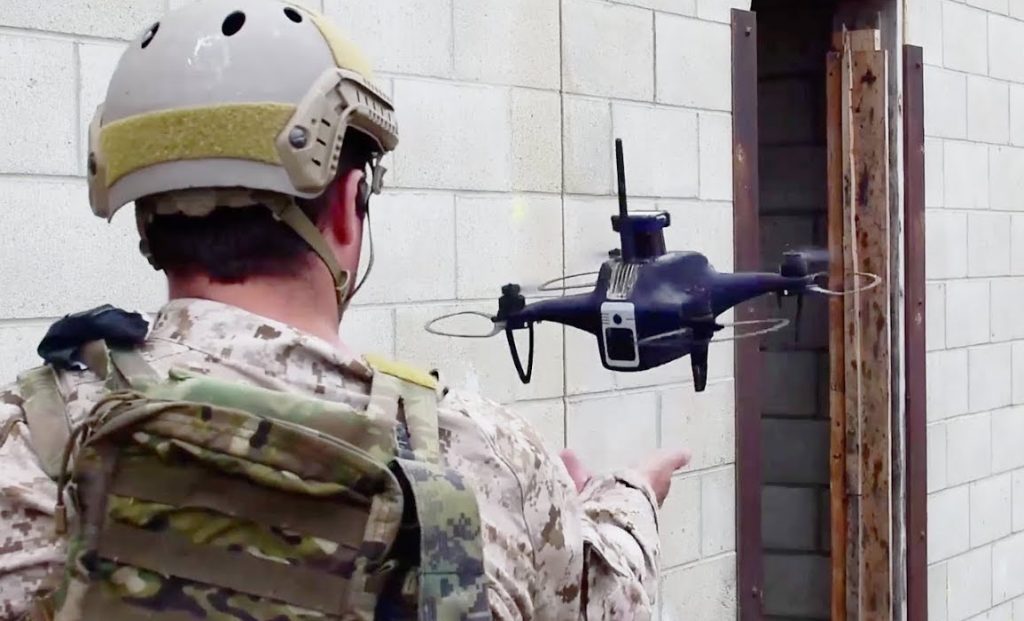
The emergence of drones has the potential to revolutionize various industries and city services, as they can provide significant benefits to State and Local Governments across the US, including law enforcement, border surveillance, fighting wildfires, rural ambulances, conducting inspections, environmental monitoring, and disaster management. Drones also have many uses when it comes to supporting the Department of Defense and companies like Skydio are helping the US Army complete short-range reconnaissance missions. Drones have very quickly democratized access to aerial security and surveillance in the military as they are smaller, can cover large amount of areas quickly and are much more efficient than manned-aircraft like helicopters.
When it comes to disaster management, drones are being utilized to detect and monitor wildfires. By being able to provide real-time data on the topography of an area, visual pictures and videos, heat signatures and fire hotspots, firefighters and first responders can leverage this data to make intelligent decisions and help limit the impact of environmental disasters. Drones are also revolutionizing firefighter safety, as they can inform which direction a crew should move and where it is safe to go, thus keeping firefighters safe and out of dangerous areas.
State and local governments also have the opportunity to utilize drones for surveillance purposes, to enhance city services, as well as to increase the protection and safety of residents within cities.
Medical & Healthcare

Drones have become an emerging technology for medical providers across the world for both emergency and non-emergency purposes. Medical drones enable healthcare providers to transport medical devices and materials, and have touchless interaction with patients; thus, reducing the spread of infectious diseases. Healthcare providers can also utilize drones to deliver essential items such as diagnostic tests, medicine, spread and transmit vaccines, and enable at-home healthcare. Drones allow safe, easy, and efficient access to places that are hard to reach, or unsafe to reach through traditional delivery methods. Given that drones are much faster and safer than traditional transportation, they improve the odds of getting critical deliveries to their final destinations in a timely manner. Drones are contributing in a big way!
One example of a company that is utilizing medical drones today is Zipline. According to a DRONELIFE article, instant logistics leader Zipline recently announced their new partnership with MultiCare Health System, to initiate the first commercial drone deliveries in the state of Washington.
With an intended start date of 2024, MultiCare will begin utilizing Zipline’s instant delivery solution to serve facilities, delivering a wide range of medical supplies such as lab samples, medications, and test kits; aiming to establish a faster, on-demand delivery model and improved patient experience.
“Our instant delivery solution helps doctors create a better experience for their patients; no delays, missed appointments or unnecessary stress and hassle. At the same time, the healthcare system grows stronger, more reliable, and more efficient,” said Zipline CEO and co-founder Keller Rinaudo. “In many parts of the world, this solution is an integral, routine part of healthcare, and we’re proud to partner with MultiCare to bring the same standard to Washington.”
Why Connectivity Is Critical for Drones
You don’t need to look much further than Sigfox’s bankruptcy or Rogers’ s massive network outage this year to be reminded that being locked into a single networking technology can have devastating implications for mission critical IoT devices.
A single point of network failure is a major risk that businesses don’t often appreciate until they’re faced with a network outage or sunset.
When it comes to autonomous drones, they need to stay connected at all times – they simply cannot operate without highly reliable networks. How does one ensure this? One solution is with eSIM technology that gives drone operators programmatic control over which networks their drones connect to. Find out how Starship Delivery Drones overcame common connectivity challenges with eSIM technology here.
“TEAL’s programmable eSIM is the best performing solution on the market. It solves multiple operational pain points for us and reduces costs significantly,” said Peter Cowles, Head of Mobile Connectivity at Starship.
A true eSIM platform is your direct link to enroll devices and connect directly to the best 5G networks worldwide. To learn more about how you can gain control of your IoT devices visit tealcom.io.
Recent Posts
Commercial Fleets Are Going Electric: The Rising Importance of EV Charging Infrastructure
Teal Communications Staff2024-10-29T15:05:04+00:00
The Reality of EV Charging Station Reliability
Teal Communications Staff2024-10-24T15:28:38+00:00
Spooky Connectivity Solutions of the Past and Why TEAL is Your Best Bet for IoT
Teal Communications Staff2024-10-22T20:28:02+00:00


